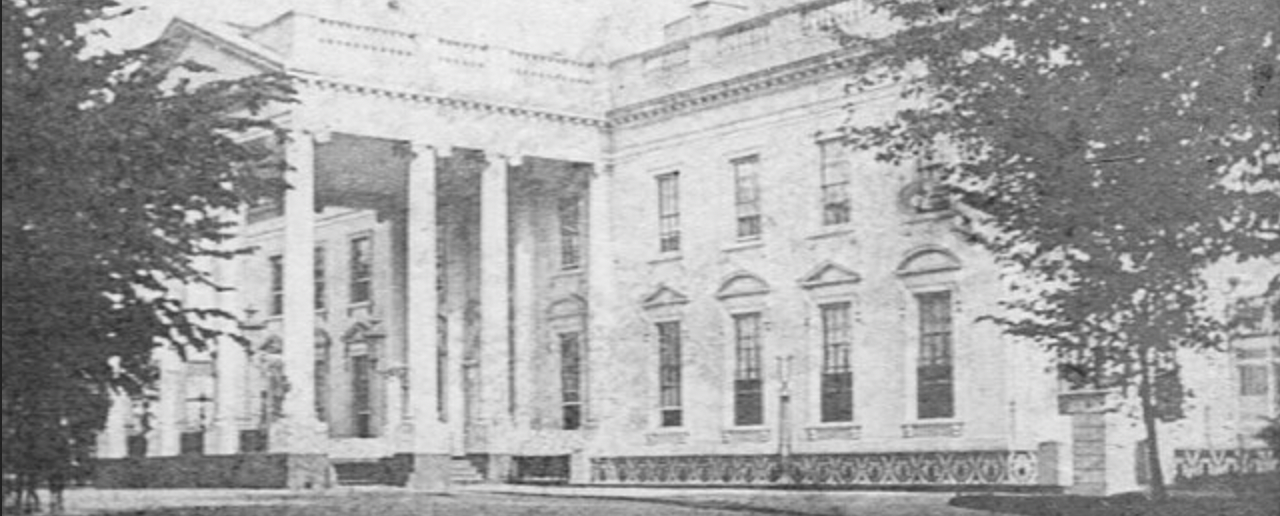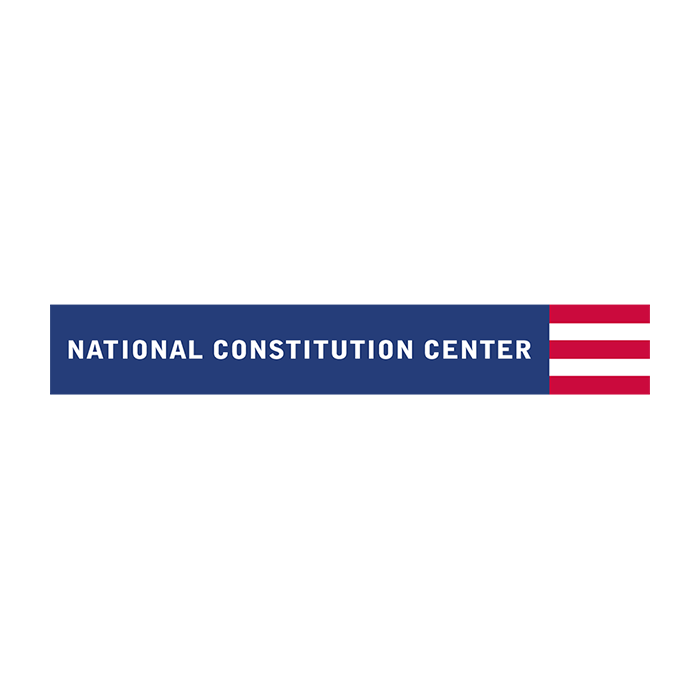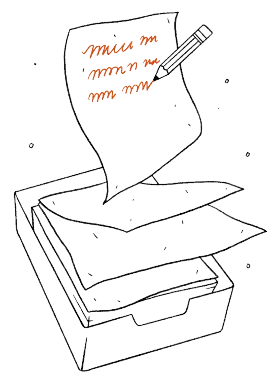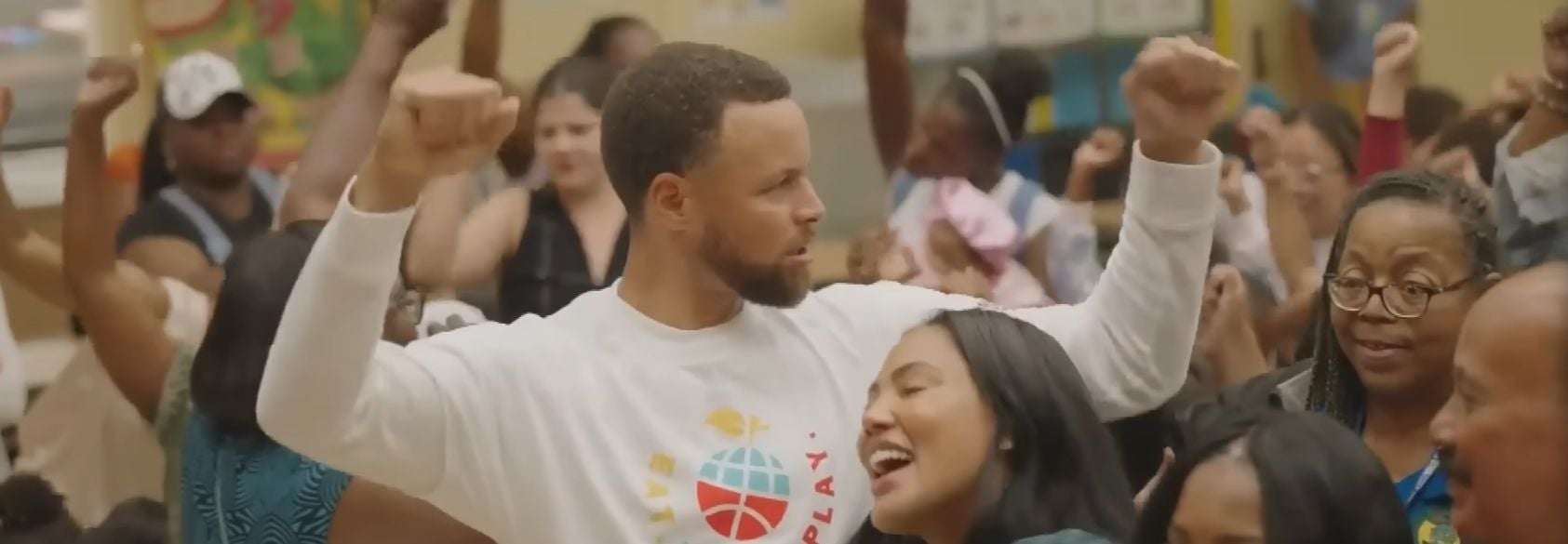The Constitution gave overlapping powers to civilians to oversee military forces. Article I, Section 8 called for Congress “to provide for calling forth the Militia to execute the Laws of the Union, suppress Insurrections and repel Invasions” and “To provide for organizing, arming, and disciplining, the Militia, and for governing such Part of them as may be employed in the Service of the United States, reserving to the States respectively.” Article II, Section 2 established that the “President shall be Commander in Chief of the Army and Navy of the United States, and of the Militia of the several States, when called into the actual Service of the United States.”
The Constitution’s Article IV, Section 4 also made it clear that the federal government had a responsibility to protect states against “Invasion; and on Application of the Legislature, or of the Executive (when the Legislature cannot be convened) against domestic Violence.”
After the Constitution was ratified, Congress granted the president additional powers under the Militia Act of 1792 to temporarily “call forth such number of the militia of the state or states” at the request of state leaders. In 1794, President George Washington used the act to end the Whiskey Rebellion after negotiations failed with farmers protesting against taxes. Washington led a multi-state militia to western Pennsylvania to disburse the farmers. The Militia Act of 1795 gave the president more powers to call out the militia by eliminating time limits for their use in the field and removing the required consent of a federal judge before taking action to call out troops.
The Insurrection Act of 1807 came out of the need, in part, for President Thomas Jefferson to confront the actions of Aaron Burr, his former vice president. Burr was alleged to have organized an expedition to capture part of Jefferson’s Louisiana Purchase to help create a new country. The act allowed the president “in all cases of insurrection, or obstruction to the laws, either of the United States, or of any individual state or territory” to use the federal armed in addition to the militia “for the purpose of suppressing such insurrection, or of causing the laws to be duly executed.” Jefferson ordered Burr’s arrest, which was carried out by troops in Alabama.
The Militia and Insurrection Acts in Use
In July 1861, President Abraham Lincoln and Congress relied on acts to expand the president’s powers to deal with “the Suppression of Rebellion against and resistance to the Laws of the United States” during the Civil War. This revised version of the Militia Act of 1795 stated the president could have the militia “enforce the faithful execution of the laws of the United States.” The revised act was also used to send federal troops to suppress the 1863 draft riots in New York. In 1871, Congress revised the act to allow the president to use the militia and federal forces to guarantee the equal protection and citizenship rights granted to citizens under the 14th Amendment.












